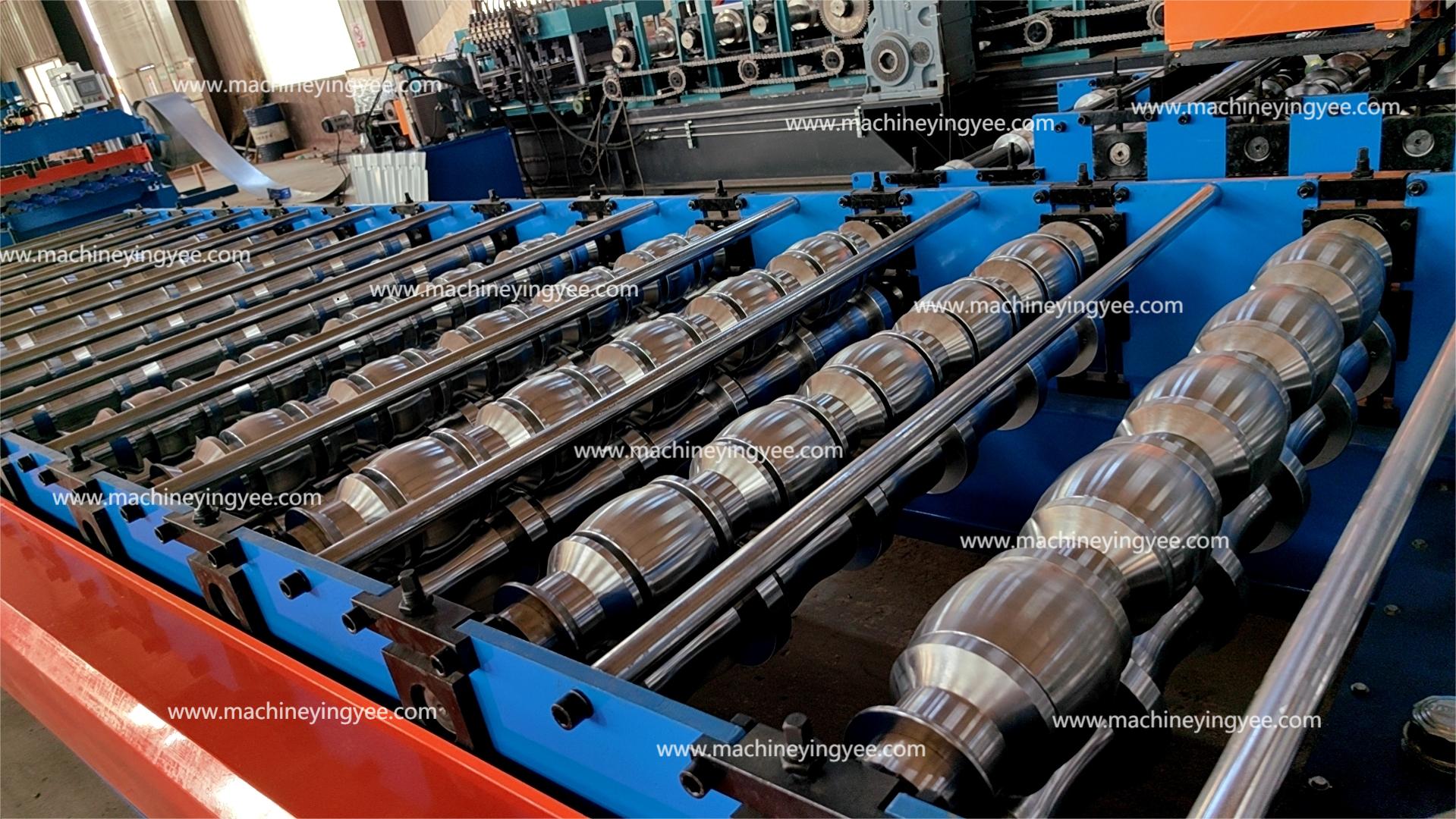
Understanding Coil Cut to Length Lines A Comprehensive Overview
In the world of manufacturing and metal processing, efficiency and precision are two crucial factors that determine the success of operations. One of the systems that embody these principles is the coil cut to length line. This advanced machinery plays a vital role in transforming large coils of metal into manageable, accurately sized sheets or strips, catering to the diverse needs of various industries.
At its core, a coil cut to length line consists of a series of integrated components designed to perform specific functions. The line typically begins with a decoiler, which unwinds the coil of metal, allowing for a smooth flow of material. The decoiler must apply just the right amount of tension to prevent the coil from slacking, ensuring consistent feeding into the subsequent stages of the process.
Once the metal coil is unwound, it passes through leveling rollers. These rollers serve to flatten the metal and eliminate any residual stresses or warps that may have occurred during the coiling process. A flat and even surface is essential for subsequent cutting and forming processes, as it not only improves accuracy but also enhances the overall quality of the finished product.
Next in the process is the cutting mechanism, which is the heart of the coil cut to length line. This can involve various technologies, including shear cutting, laser cutting, or even water jet cutting, depending on the material and the desired specifications. Precision is key at this stage, as the cut lengths must meet strict tolerances dictated by the intended application.

The cut pieces then move to the stacking and packaging section of the line. Here, the accurately cut sheets or strips are neatly stacked for easy handling and transportation. Automation plays a significant role in this section as well, where robotic arms or automated stackers ensure that the cut lengths are handled gently and efficiently, minimizing the risk of damage.
The benefits of a coil cut to length line are numerous. Firstly, it maximizes material usage, reducing waste by allowing manufacturers to cut only the lengths they need. Secondly, it enhances productivity since the entire process—from decoiling to stacking—can be done continuously and at high speeds. Finally, the precision offered by these lines leads to improved product quality, which is essential in industries such as automotive, aerospace, and construction, where the requirements for tolerances are stringent.
Moreover, in an era increasingly focused on sustainability, coil cut to length lines can be optimized for energy efficiency and minimal waste generation. Manufacturers can implement advanced controls and monitoring systems that not only enhance performance but also allow for real-time adjustments to further refine the process.
In conclusion, the coil cut to length line represents a critical advancement in the field of metal processing. By combining technology, precision, and efficiency, these systems not only streamline operations but also help manufacturers meet the demands of modern industries. As technology continues to evolve, we can expect even greater innovations in this space, further enhancing the capabilities of coil cut to length lines and their role in the manufacturing ecosystem.